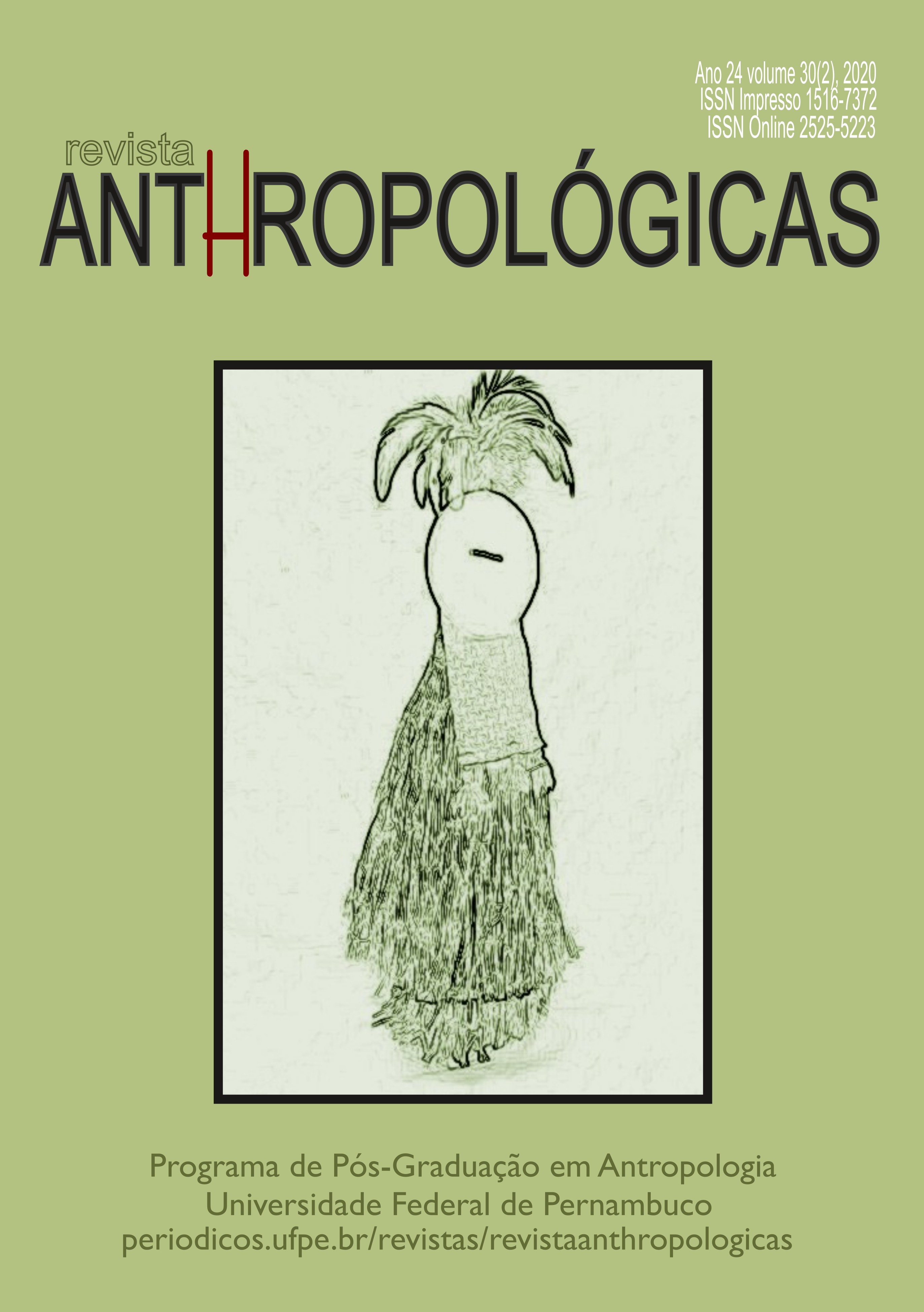The Inconstancy of the World. Brief Notes on Socio-Cultural Identifications and their Axes
DOI:
https://doi.org/10.51359/2525-5223.2020.249156Keywords:
Reality, Partner-Creation, Classification, Identification AxesAbstract
The article assumes that the literature already accumulated encompasses so many ethnographic materials and theoretical proposals that an effort is needed to systematize this knowledge. In this way, the so-called “social construction of reality” is well known, however, its implications are not sufficiently taken into account in our anthropological efforts. Therefore, it discusses here some aspects of the “socio-cultural creation of the socio-cultural reality”, in particular, some selected aspects of the “inconstancy of the world”, to then discuss the social classification, in a general sense, and offer a synoptic picture of the “identification and their continuum axes ”. The synoptic table summarizes a great literature (impossible to be cited all), giving the opportunity to abstract the real complexity of a fundamental affective-cognitive process and to contribute to the methodology and theory of future analyzes. In this sense, this contribution aims to offer a systematization, at the very abstract and theoretical and very limited level, of the human socio-cultural classification process.
References
ALMEIDA, M. 2018. “Almeida’s comment on D. Read ‘generative Crow-Omaha terminologies’”. Mathematical Anthropology and Cultural Theory: an international Journal, 2(7):sem pp.
DERKSEN, T. 2014. De ware toedracht. Leusden: ISVW.
HAGE, P. & HARARY, F. 1983. Structural models in anthropology. Cambridge: Cambridge University Press.
HOFSTADTER, D. 2010. Ik ben een vreemde lus. Contact: Amsterdam.
LAMONT, M. & MOLNAR, V. 2002. “The Study of Boundaries Across the Social Sciences.” Annual Review of Sociology, 28:167-95.
LOCK, M. 2020. “Permeable bodies and environmental delineation”. In SEEBERG, J., ROEPSTOFF, A. & MEINERT, L. (eds): Biosocial Worlds, pp. 15-43. London: UCL Press.
REESINK, E. 2016. 50 anos de ação indigenista e pesquisa acadêmica: algumas linhas paralelas. Conferência apresentada nas “VII Jornadas do NEPE”, Recife-PE.
REESINK, E. no prelo. “To live is to be marked. Naming practices among a Valley Nambikwara people”. Revista REIA.
SWAAB, D. 2015. We are our brains.From the womb to alzheimer’s. London/ New York: Penguin Books.
SWAAB, D. 2016. Ons creative brein. Hoe de mens en de wereld elkaar maken. Amsterdam en Antwerpen: Atlas Contact.
Downloads
Published
Issue
Section
License
Direitos Autorais para textos publicados na Revista ANTHROPOLÓGICAS são do autor, com direitos de primeira publicação para a revista.
Authors retain the copyright and full publishing rights without restrictions.


